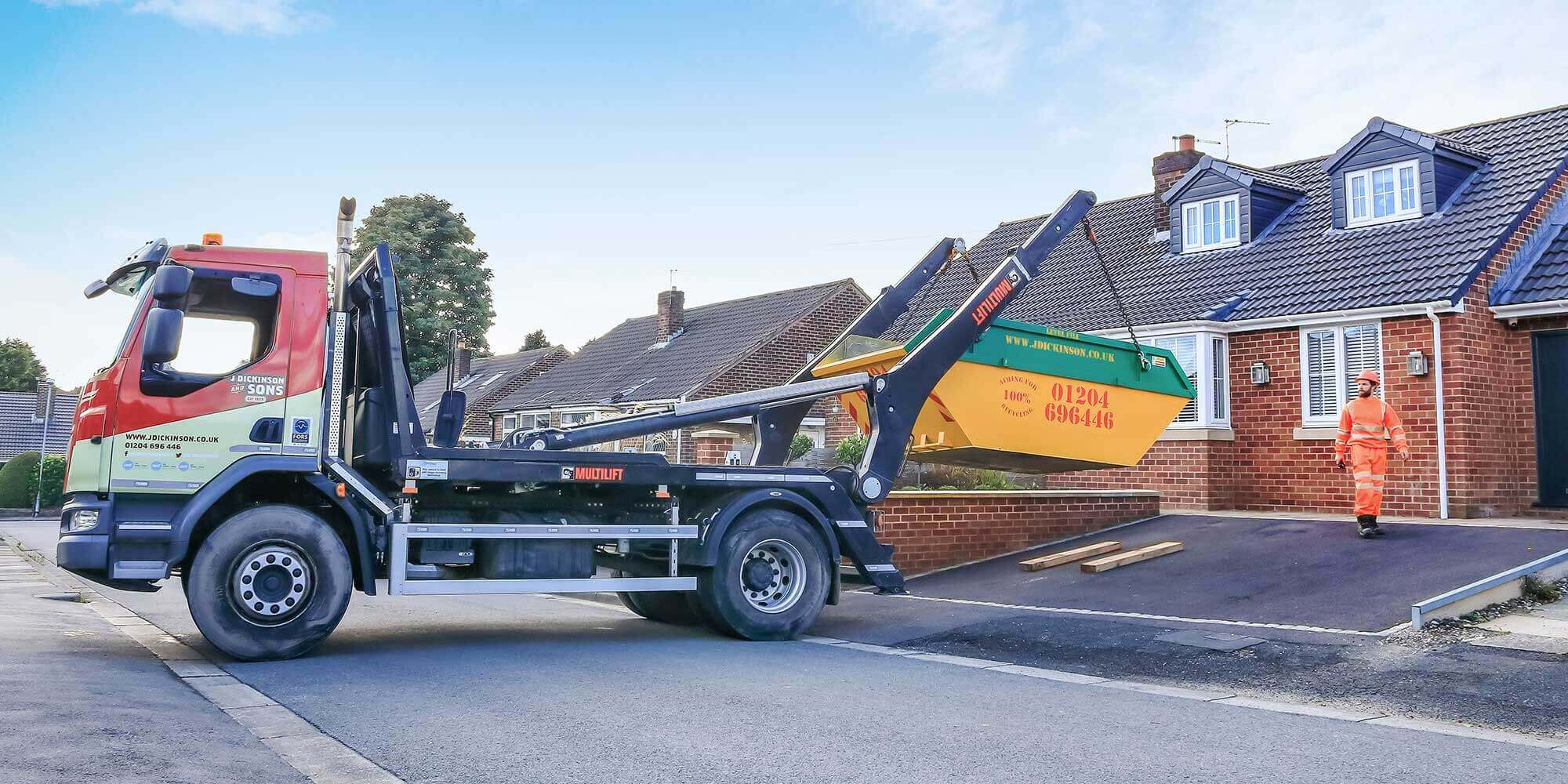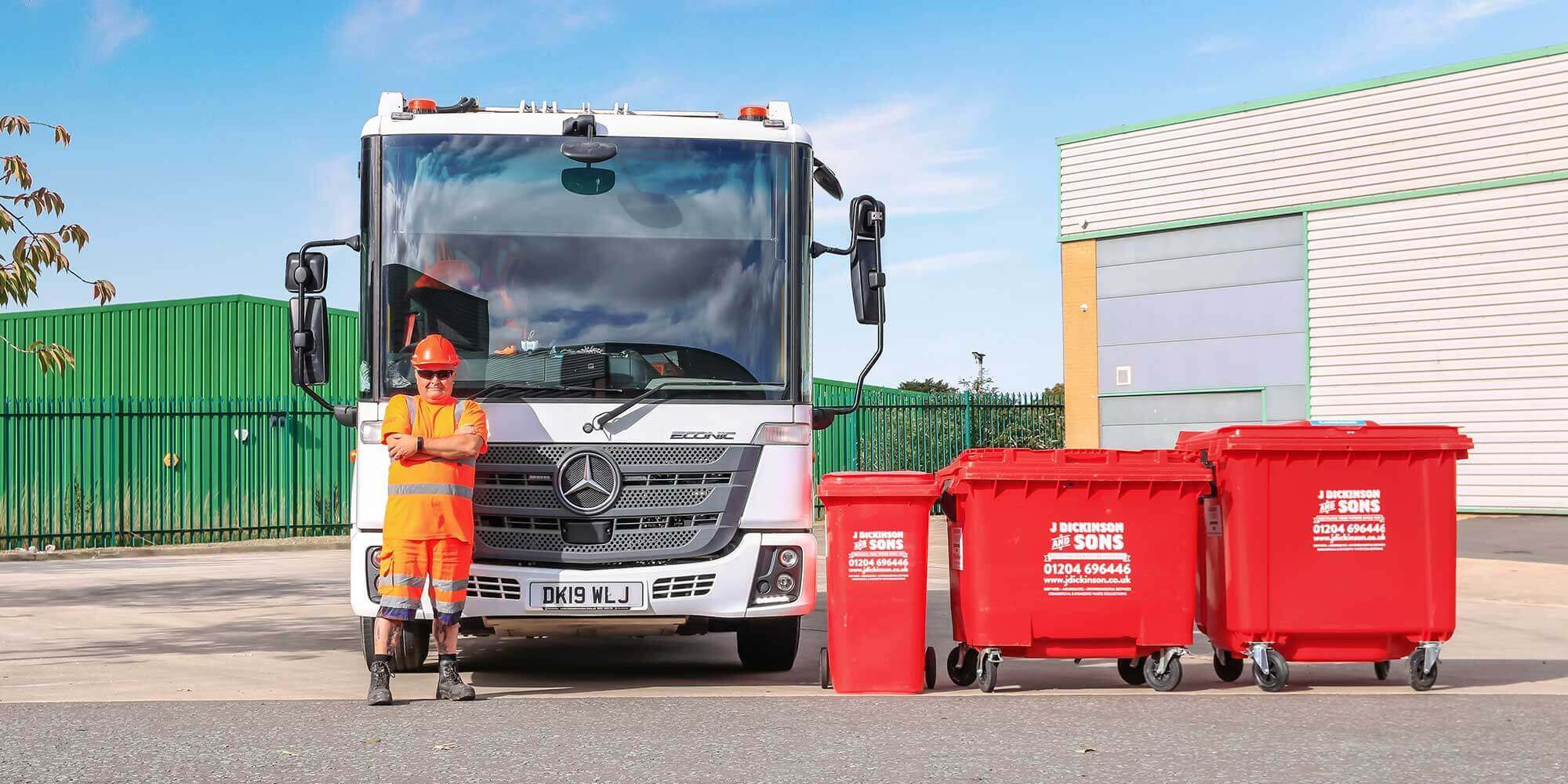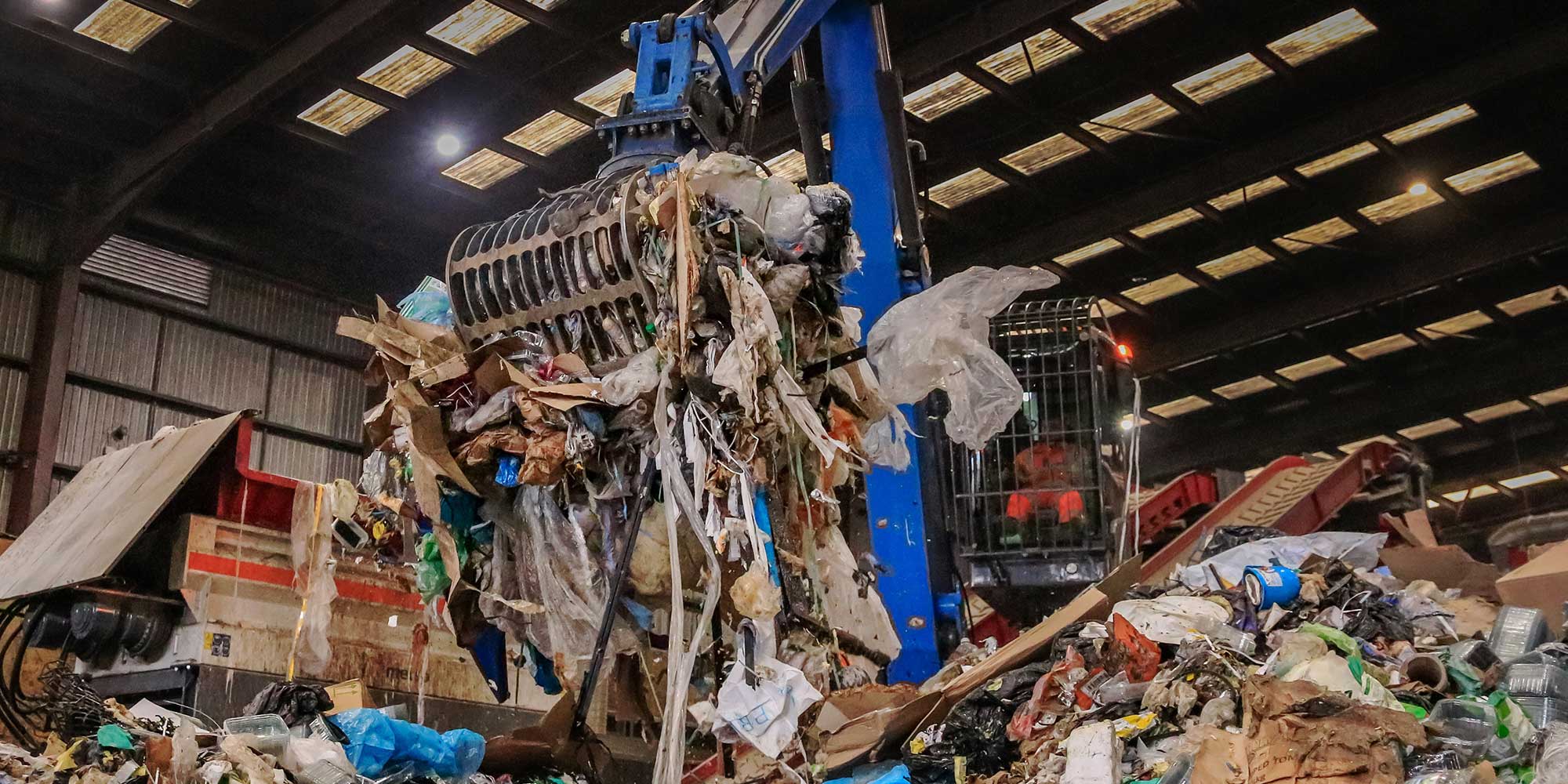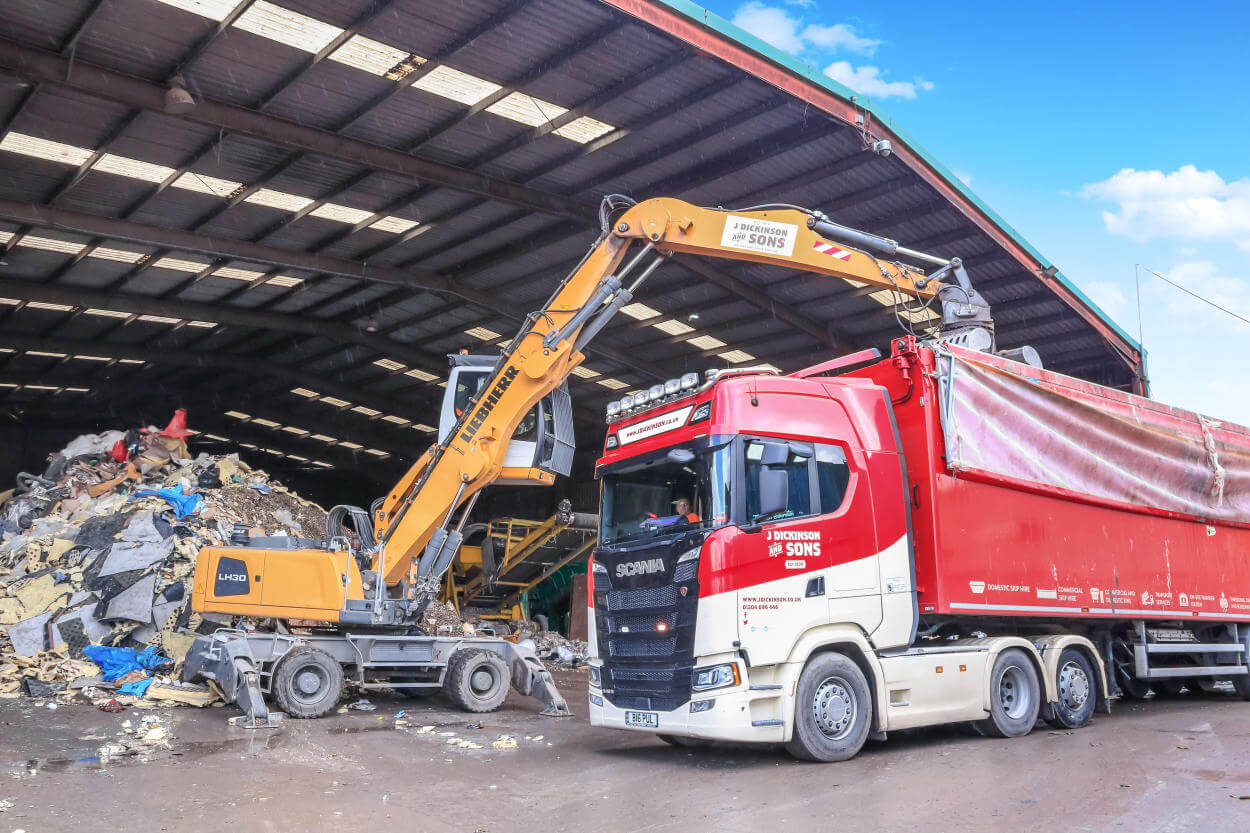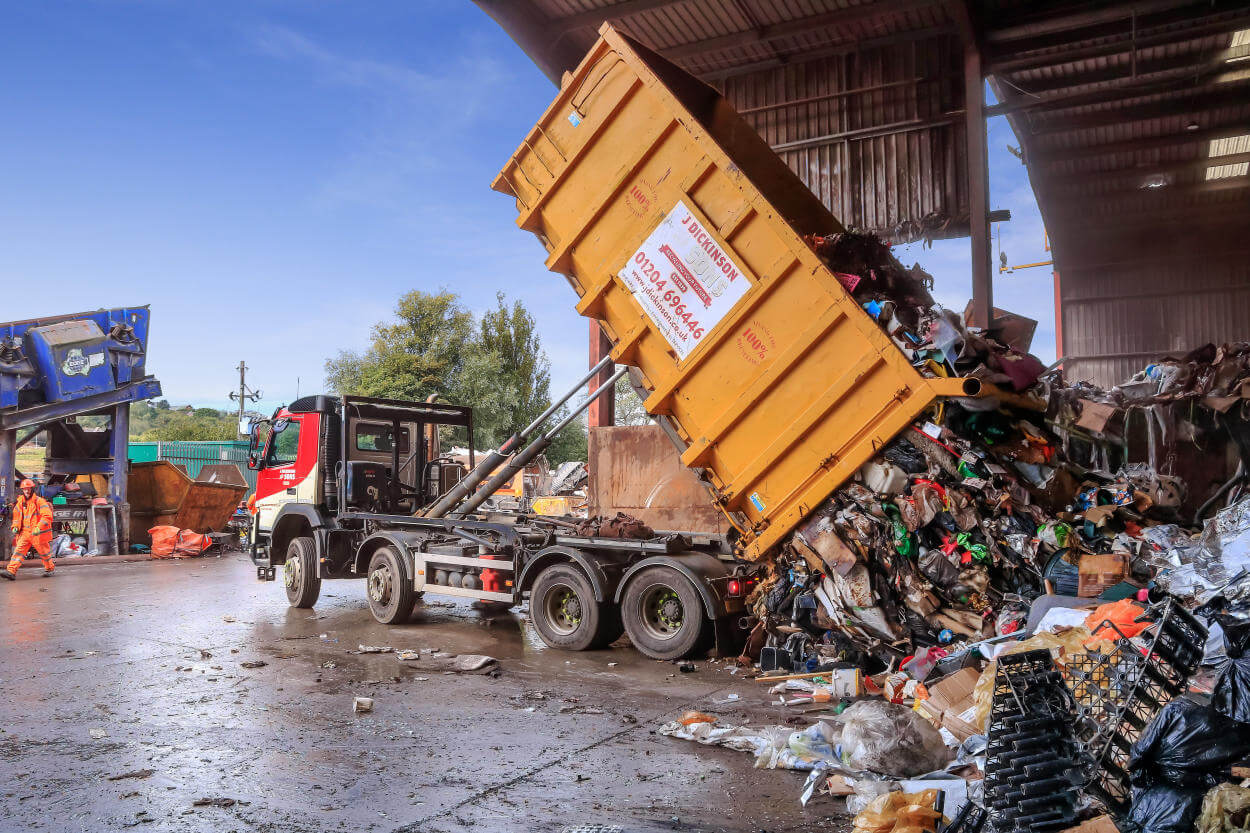When you hire a skip, you’ll notice the different skip sizes are given in two different ways.
The first is cubic yards, and even though many other weights and measures now use the metric system, you’ll rarely see skip sizes quoted in cubic metres.
It’s a bit of a throwback, but it’s the way it’s always been done, and it means those people who have worked in the trades their whole lives can still hire a skip and know exactly what they’re getting.
The conversion to metric isn’t too difficult anyway – a cubic yard is about three quarters of a cubic metre, and working the other way around, a cubic metre is about 1.3 cubic yards.
But the other way skip sizes are measured is ‘bin bags’, and if you’re a domestic skip hire customer this might be more useful for you.
Why we measure skip sizes in bin bags
Skip sizes are given in bin bags because it’s a familiar and easy to imagine unit of measurement for household skip hire customers.
Everyone has an idea of what a full black bag of rubbish looks like, but you might not be sure of exactly how much rubbish fills one cubic yard or one cubic metre.
So taking our smallest skips as an example, for many domestic skip hire customers – and plenty of trade skip hire customers too – it’s easier to think of 20-25 bin bags’ worth than it is to imagine two cubic yards.
You might notice that there’s a pattern there, as a four cubic yard skip can hold 45-50 bin bags and an eight cubic yard skip can hold 80-90.
Basically, one cubic yard is roughly ten black bags of rubbish – again making cubic yards a handy unit to use, as you just multiply by ten and you know exactly how many bags your skip can take.
Other ways to measure skip sizes
We always aim to make it as easy as possible for you to hire the right size of skip, which is why on our website you’ll find plenty of other ways to measure skip sizes.
There’s cubic yards and ‘bin bags’ for each of our skips, but you’ll also see a set of other dimensions for every skip too.
Among these extra measurements is the metric volume in cubic metres, plus the skip’s length, height and width in metric and imperial units.
These are often even more helpful than knowing the total capacity, as you might need the length and width to decide if a skip will fit through your gate or on your driveway.
And the height is important too, as it’s unsafe for us to collect an overloaded skip – so you should always make sure that the maximum safe fill line is high enough for any rubbish you need to put inside.
It’s a lot of information for each skip, but we hope that by giving you all of the different measurements, you can know exactly what size of skip to hire – and how many bags of rubbish you can fit in it too.
Share this
